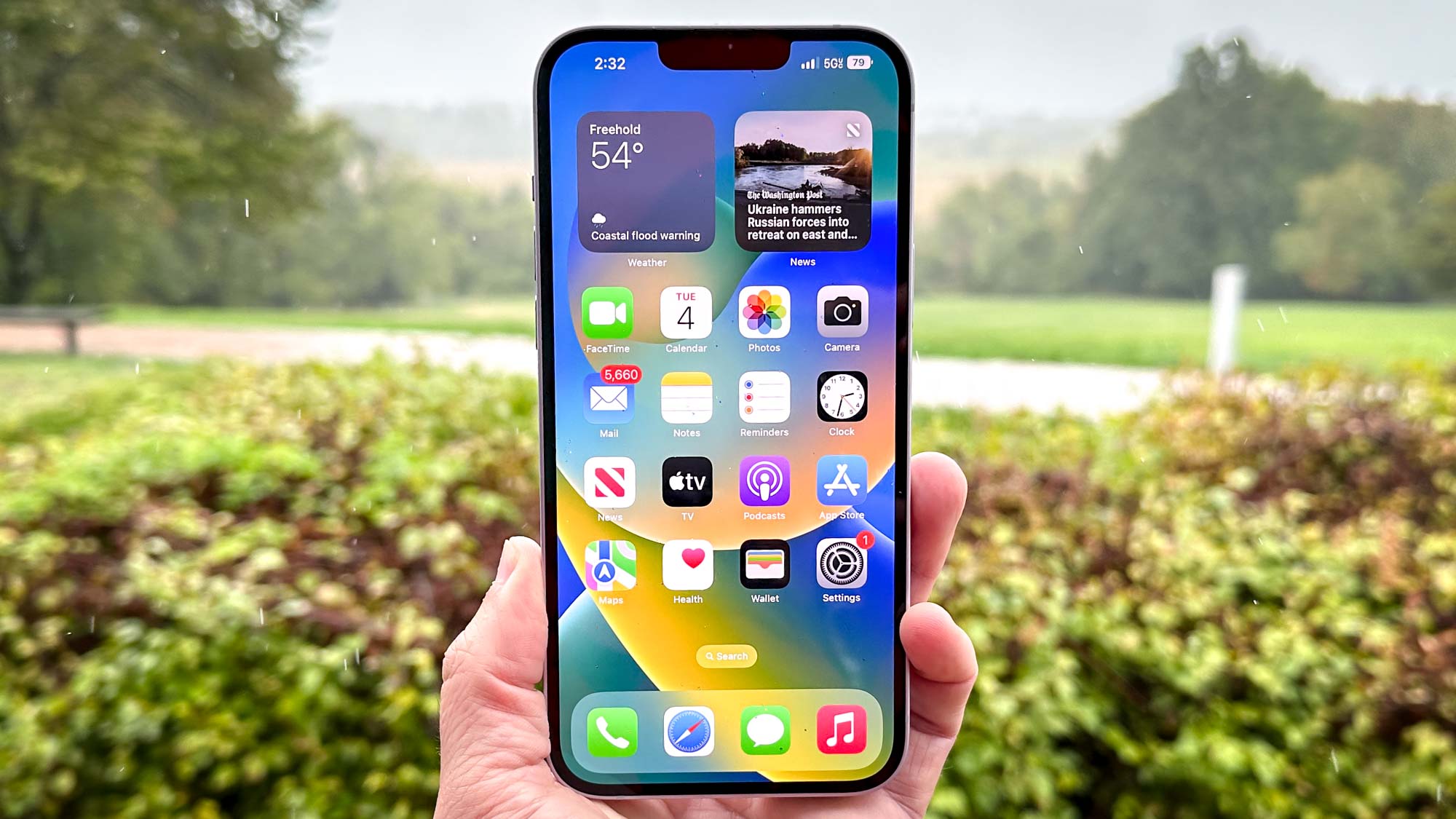
**The Evolution of Broadband: From 4G to 5G and Beyond**
The world of broadband connectivity has witnessed remarkable advancements in recent years, with the introduction of 4G, 5G, and other fast broadband technologies. These innovations have transformed the way we communicate, work, and access information. This article explores the evolution of broadband technologies, the key differences between 4G and 5G, the benefits of fast broadband, and the significance of corporate broadband for businesses.
**1. The Rise of 4G Broadband**
4G, which stands for Fourth Generation, marked a significant leap in mobile broadband technology. Introduced in the late 2000s, 4G revolutionized mobile internet connectivity by offering faster download and upload speeds, reduced latency, and improved reliability compared to its predecessor, 3G.
With 4G broadband, users experienced improved web browsing, seamless video streaming, and enhanced mobile app performance. The ability to download large files, stream high-definition videos, and engage in video conferencing on the go became a reality for mobile device users.
4G broadband also facilitated the growth of mobile applications and services, sparking a mobile app revolution and enabling mobile commerce (m-commerce) to flourish. The higher data transfer speeds and reduced latency of 4G paved the way for innovative services like ride-hailing apps, mobile payment systems, and augmented reality applications.
**2. Embracing 5G Broadband**
As the demand for faster and more reliable connectivity continued to soar, the need for an even more advanced technology led to the development of 5G broadband. 5G, or Fifth Generation, represents the next evolution in broadband connectivity and promises to revolutionize various industries.
**a. Speed and Capacity:** One of the defining features of 5G is its exceptional speed. 5G offers significantly faster data transfer rates, potentially reaching gigabit speeds, allowing for near-instant downloads and seamless streaming of 4K and 8K videos.
**b. Low Latency:** 5G dramatically reduces latency, the delay between sending and receiving data, to a few milliseconds. This low latency is critical for applications like real-time gaming, remote surgery, and autonomous vehicles, where split-second decisions are crucial.
**c. Massive IoT Connectivity:** 5G is designed to handle a massive number of connected devices, making it ideal for the Internet of Things (IoT) applications. Smart cities, industrial automation, and smart homes will benefit from the seamless connectivity provided by 5G.
**d. Network Slicing:** 5G introduces the concept of network slicing, where the network can be dynamically partitioned into virtualized, independent networks to meet specific application requirements. This allows operators to tailor connectivity for different use cases, optimizing performance and efficiency.
**3. Fast Broadband: Empowering Digital Experiences**
Fast broadband, whether through 4G or 5G technologies, empowers a host of digital experiences that enrich our personal and professional lives.
**a. Enhanced Communication:** Fast broadband enables crystal-clear video conferencing and seamless communication, bringing people together across geographical barriers.
**b. Immersive Entertainment:** With fast broadband, users can indulge in high-definition video streaming, online gaming, and immersive virtual reality experiences without buffering or interruptions.
**c. Productivity and Efficiency:** Fast broadband supports remote work, enabling employees to collaborate effectively, access cloud services, and stay connected with their colleagues and clients.
**d. Smart Homes and IoT:** Fast broadband allows smart homes to function seamlessly, enabling connected devices to communicate and automate various tasks for a more comfortable and efficient living environment.
**4. Corporate Broadband: The Backbone of Business Connectivity**
In the corporate world, reliable and high-speed broadband connectivity is vital for efficient operations, seamless communication, and sustained growth. Corporate broadband goes beyond individual user needs and caters to the connectivity requirements of businesses, organizations, and enterprises.
**a. Dedicated Bandwidth:** Corporate broadband plans typically offer dedicated bandwidth, ensuring that businesses have consistent and reliable connectivity to support their day-to-day operations.
**b. Data Security:** Corporate broadband providers prioritize data security, offering enhanced encryption and firewall protection to safeguard sensitive business information.
**c. Scalability:** Corporate broadband plans often allow for easy scalability, enabling businesses to upgrade or downsize their connectivity needs as their operations evolve.
**d. Business Continuity:** Corporate broadband providers may offer service level agreements (SLAs) guaranteeing uptime and rapid response times for technical issues, ensuring business continuity and minimized downtime.
**5. Bridging the Digital Divide**
The evolution of broadband technologies, from 4G to 5G and beyond, has the potential to bridge the digital divide that separates urban and rural areas, as well as developed and developing regions.
Fast and reliable broadband connectivity can empower remote communities with access to quality education, telehealth services, and economic opportunities. It can facilitate the growth of digital economies, drive innovation, and foster a more inclusive global society.
**6. Challenges and Considerations**
Despite the vast benefits of fast and corporate broadband, some challenges remain in their widespread adoption.
**a. Infrastructure Investment:** The rollout of 5G requires significant infrastructure